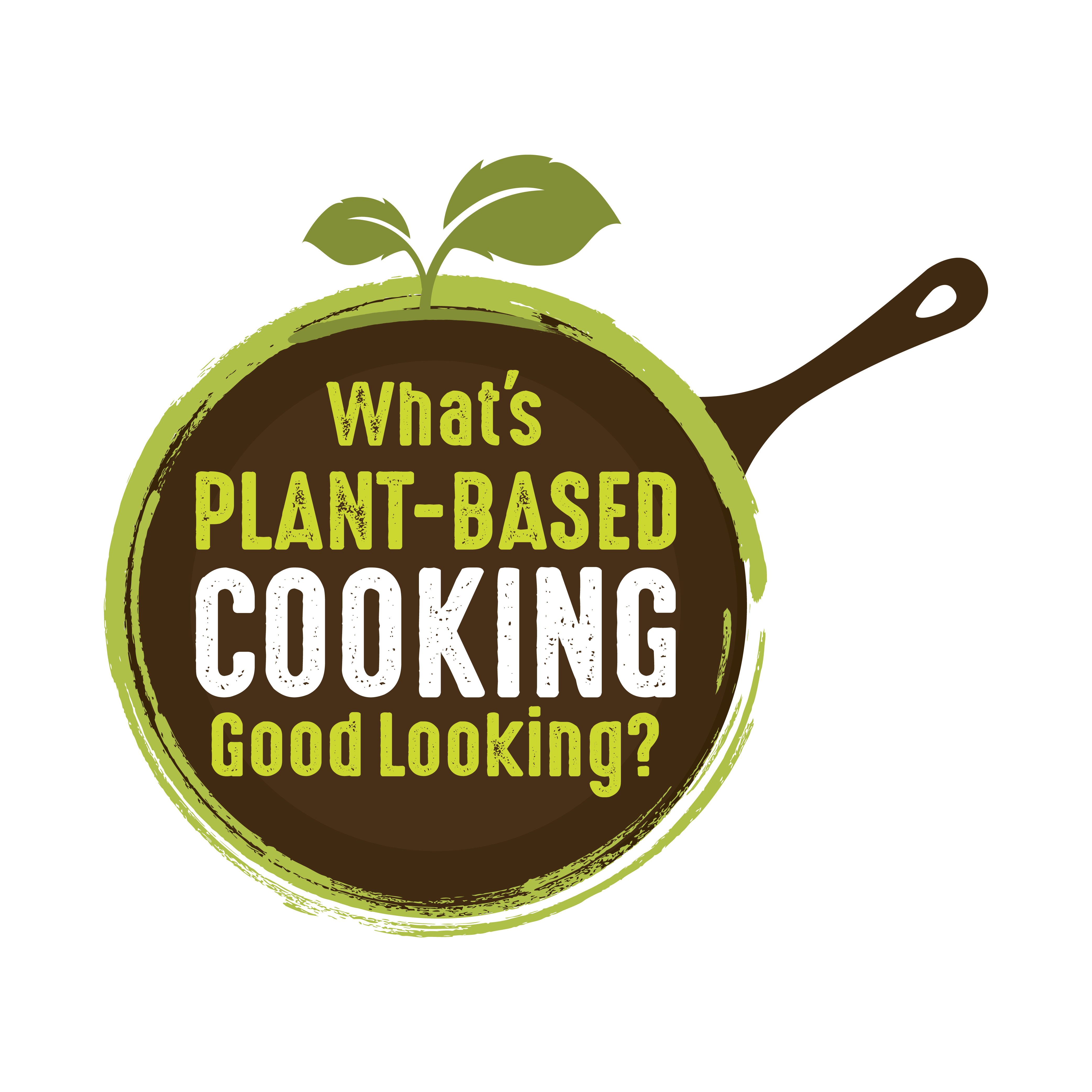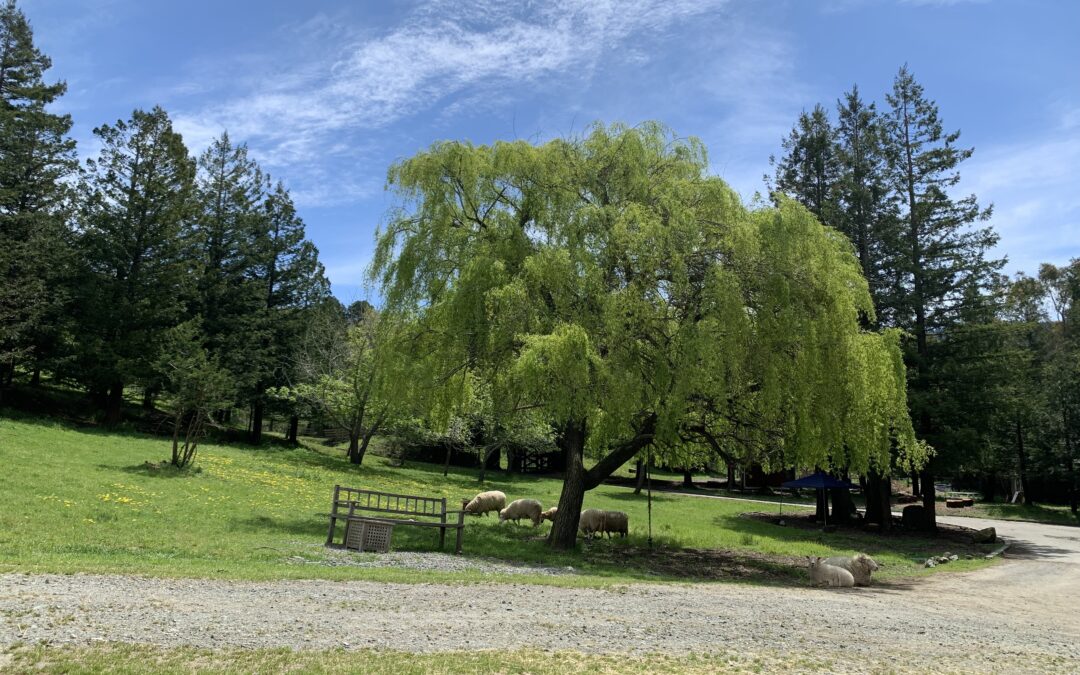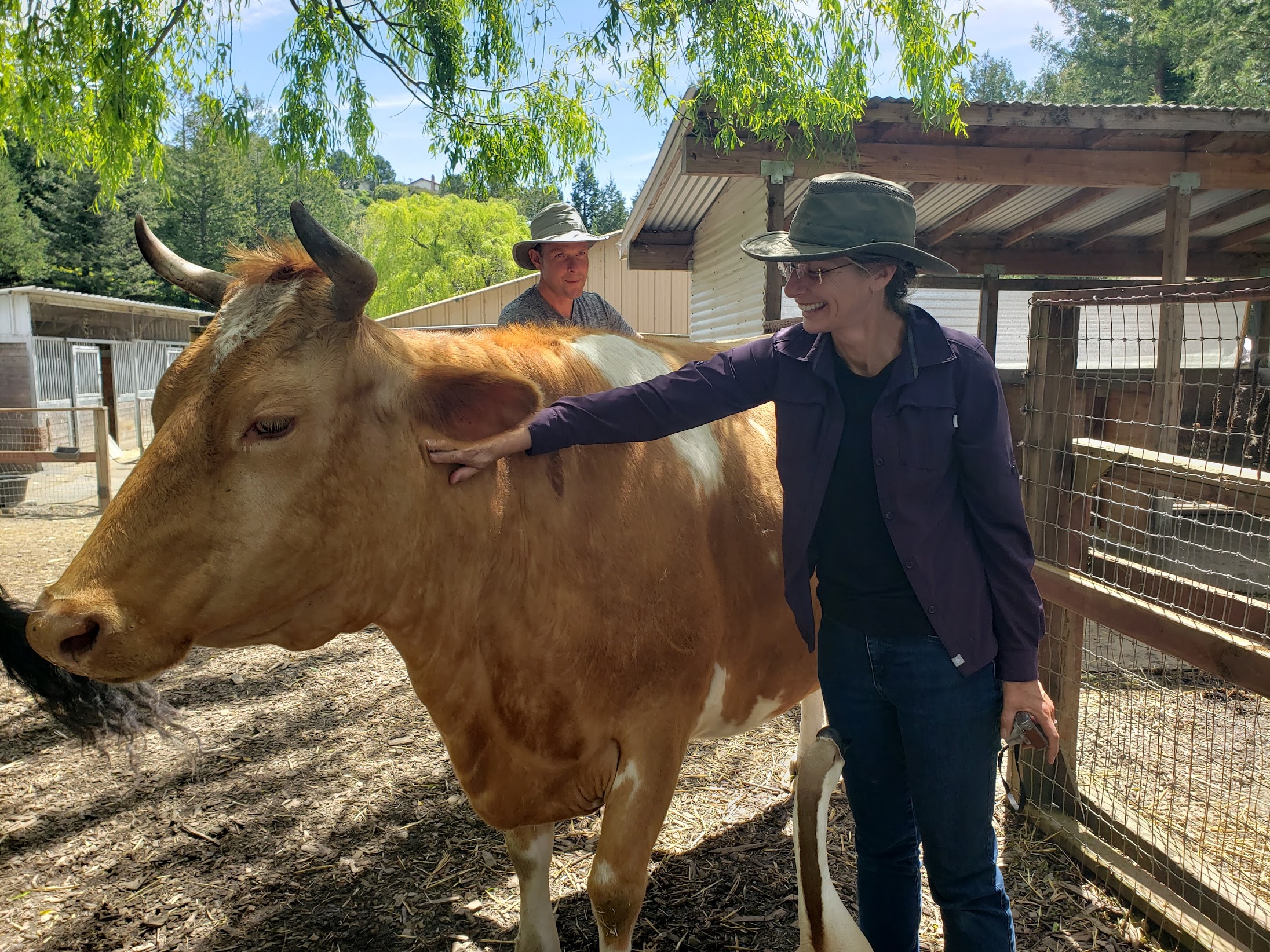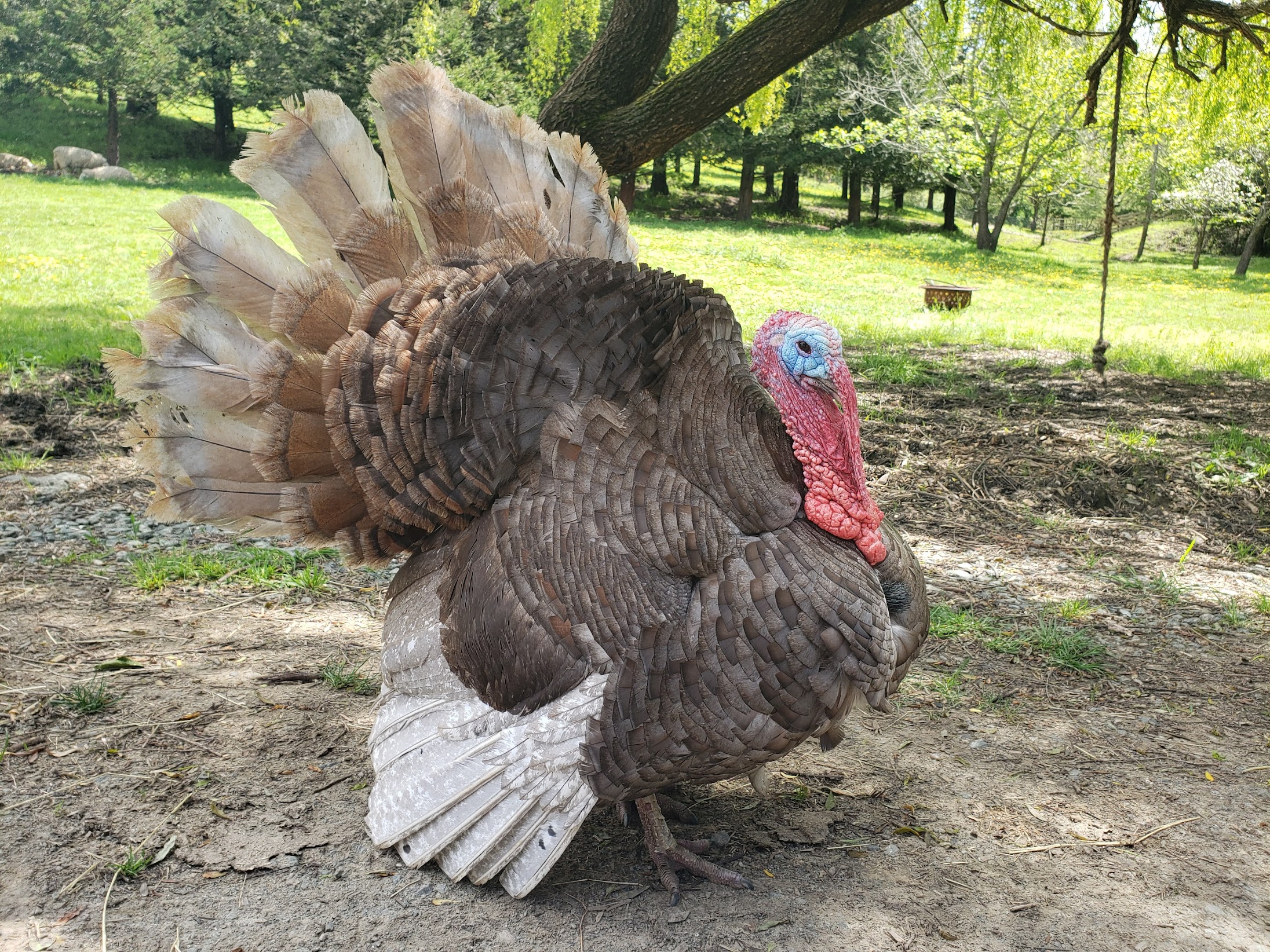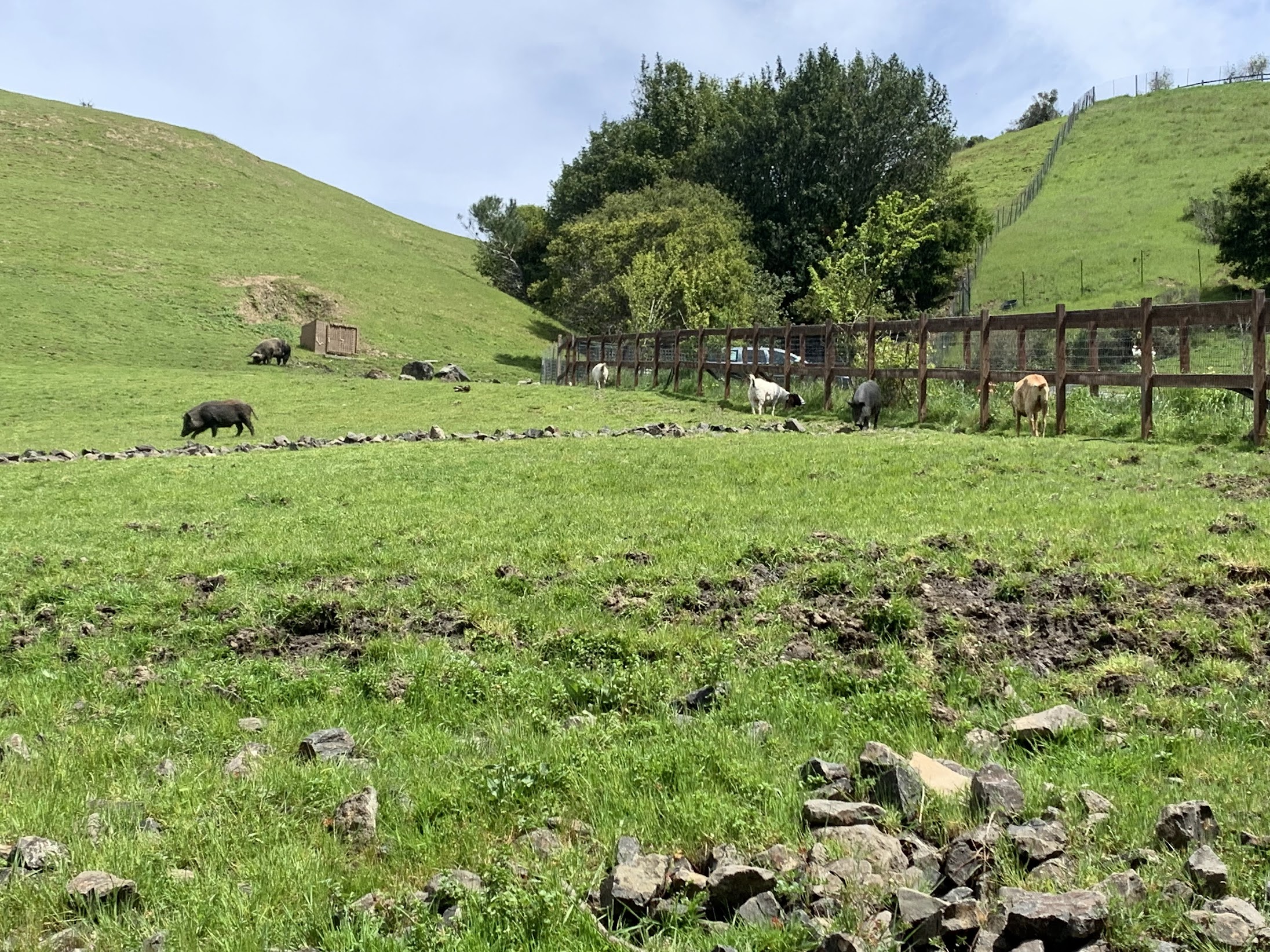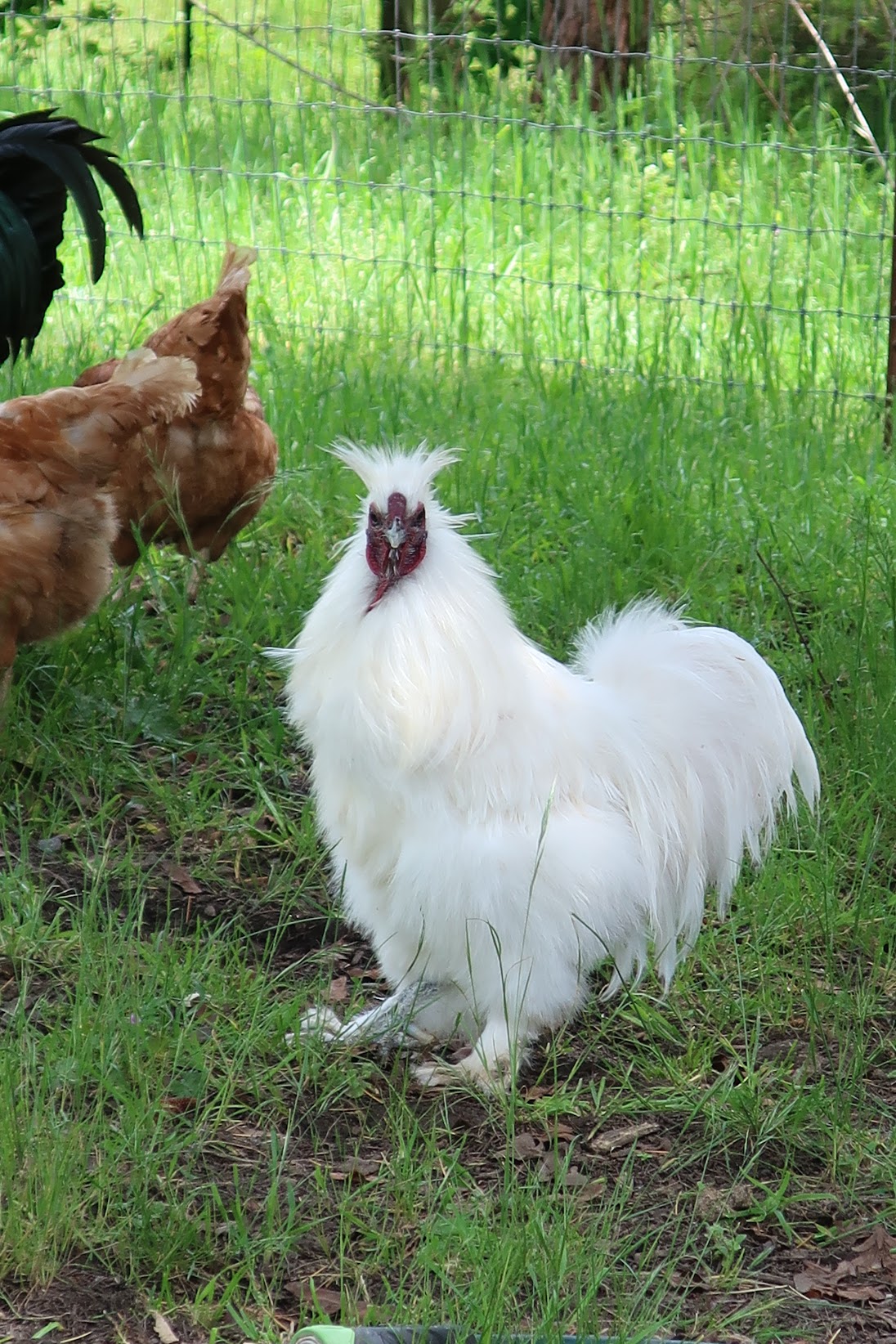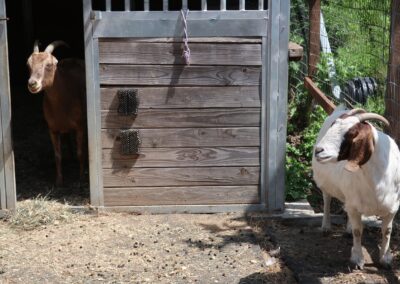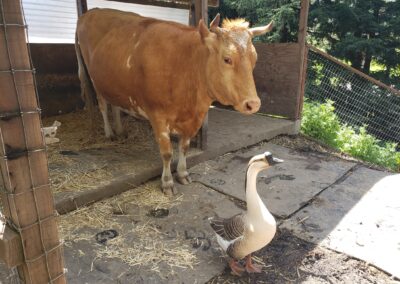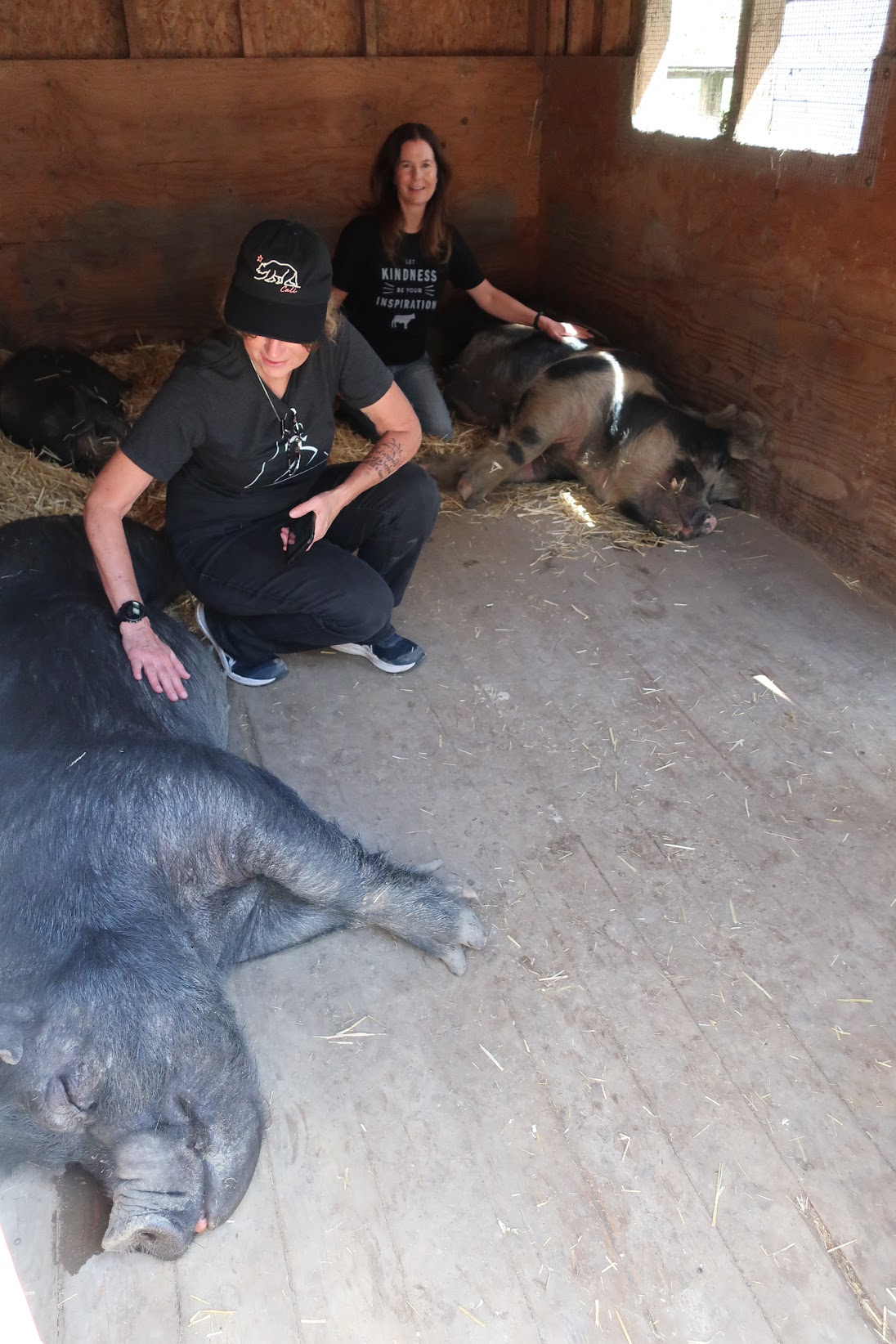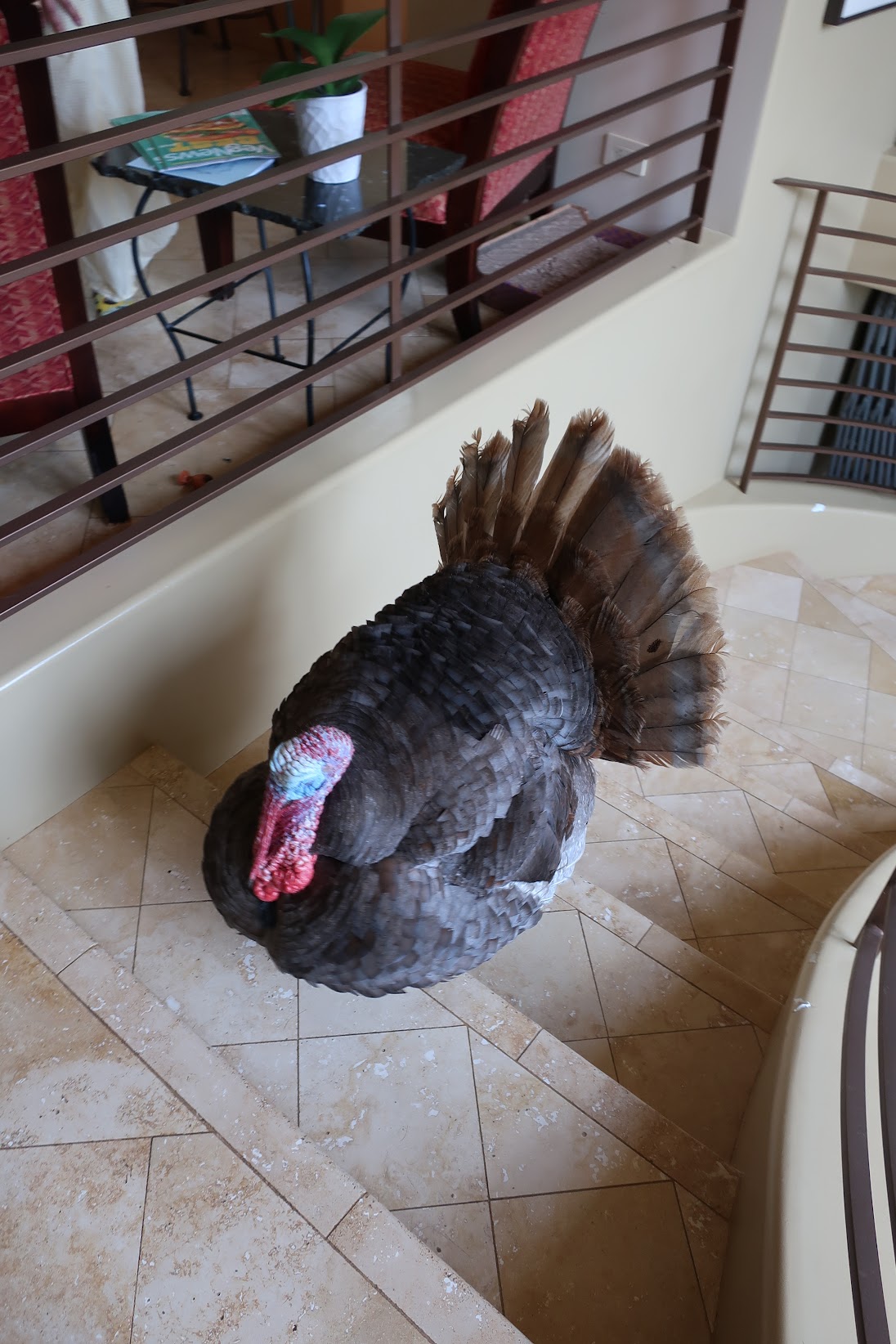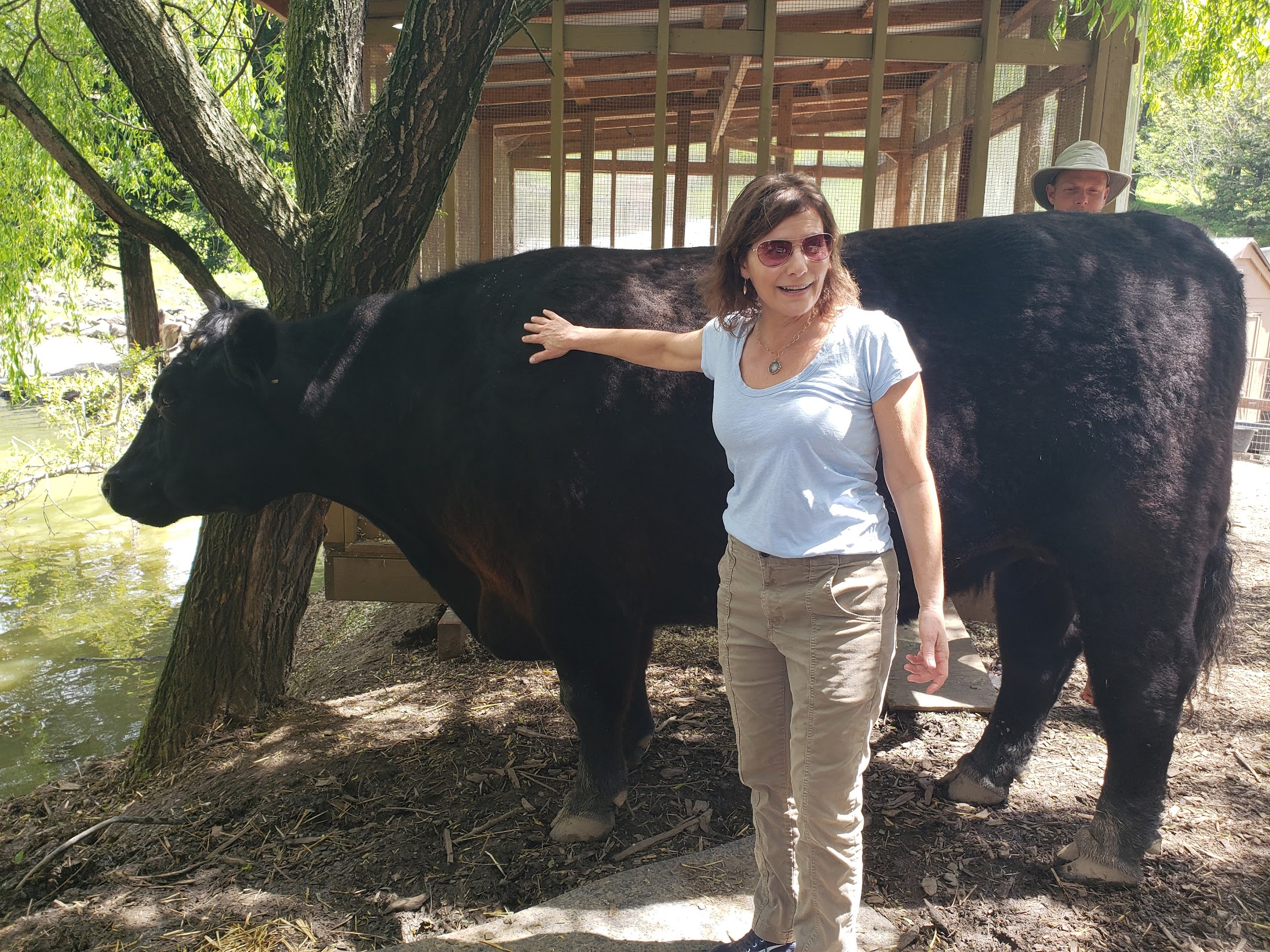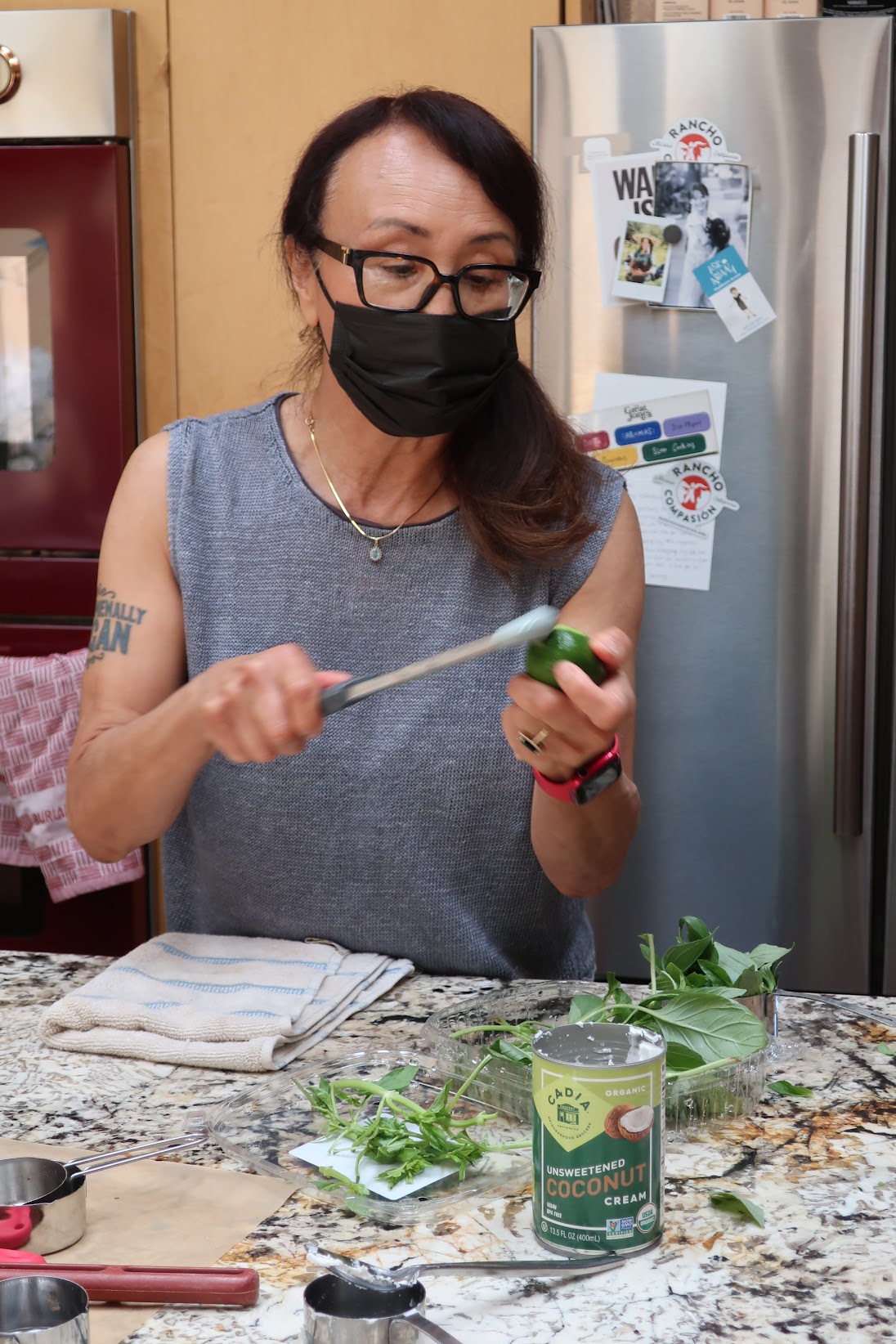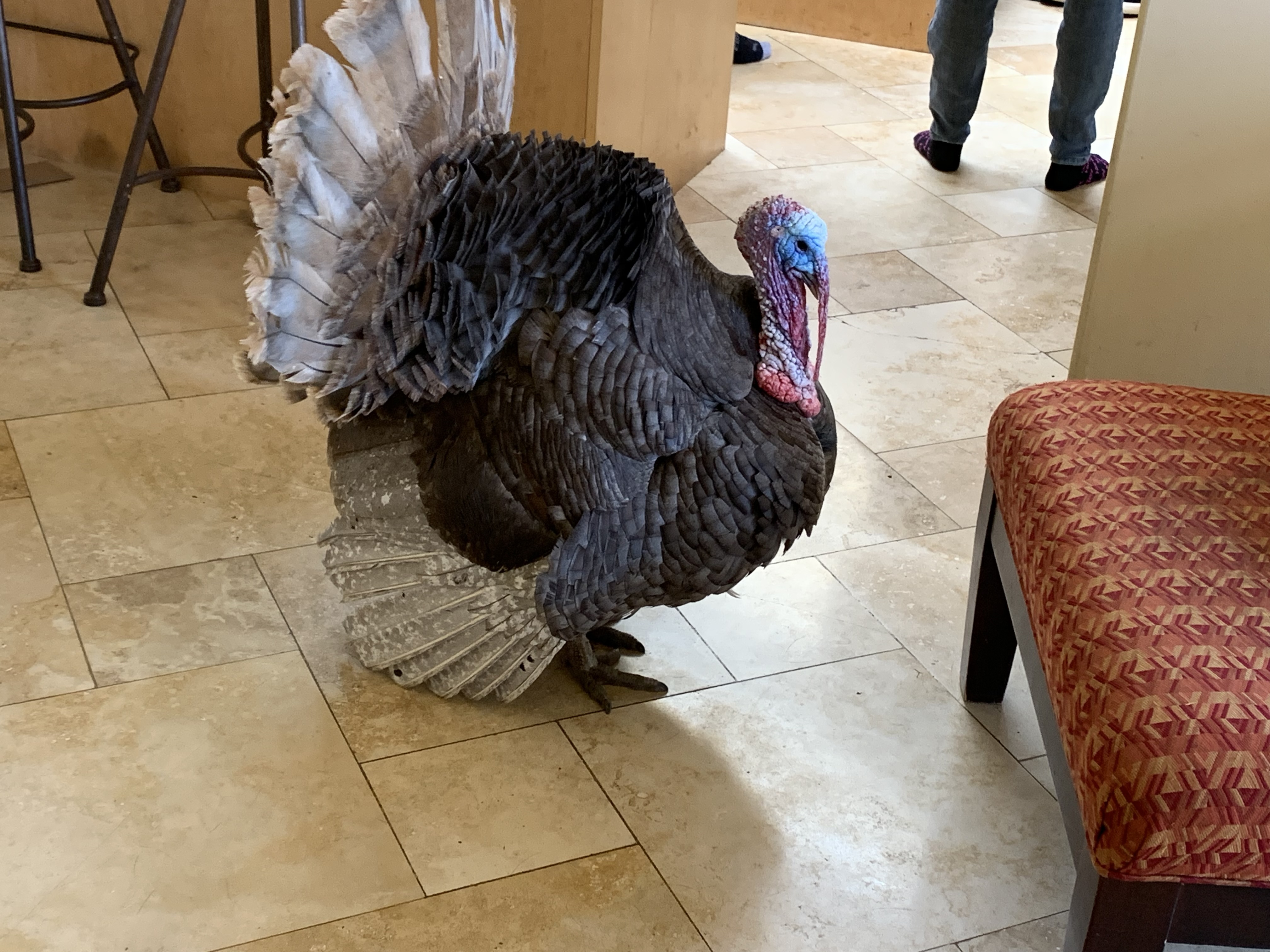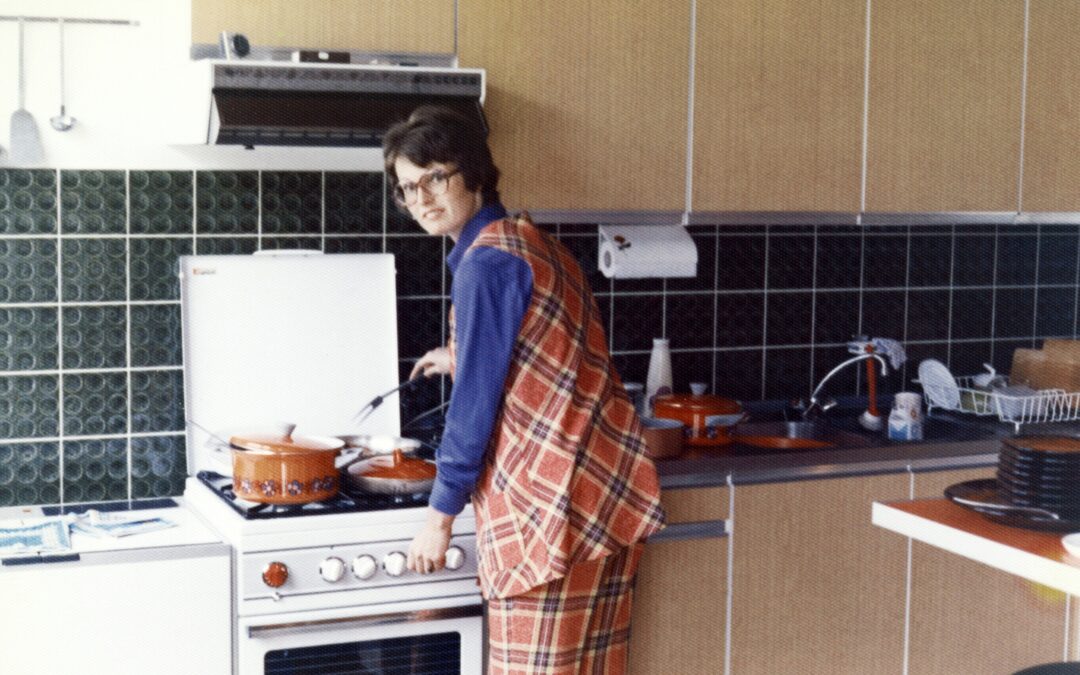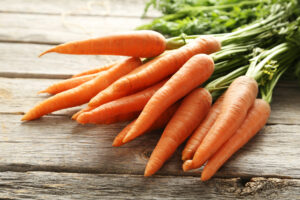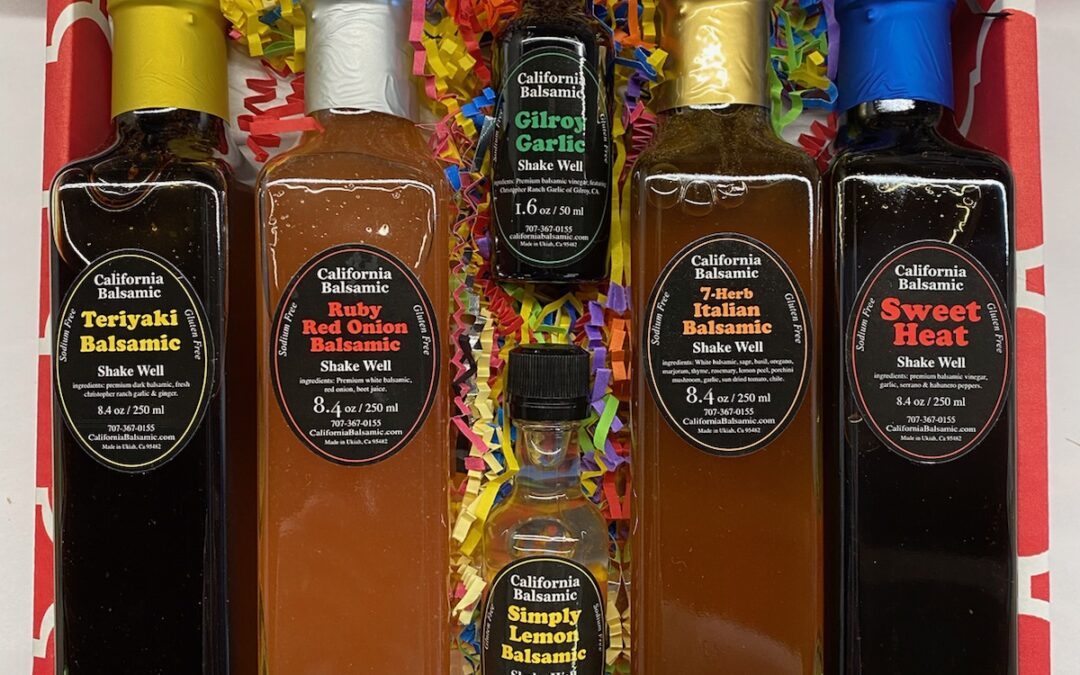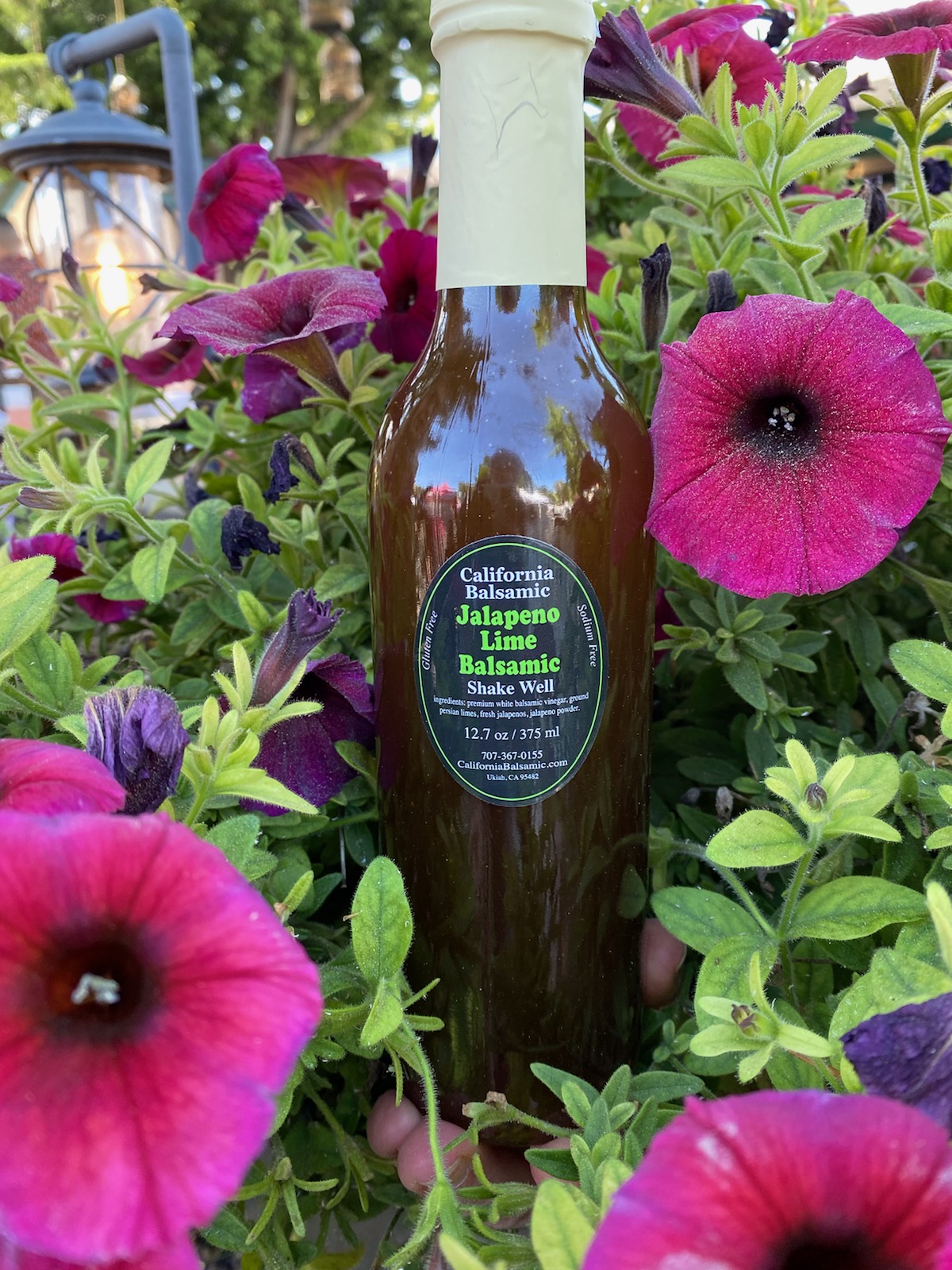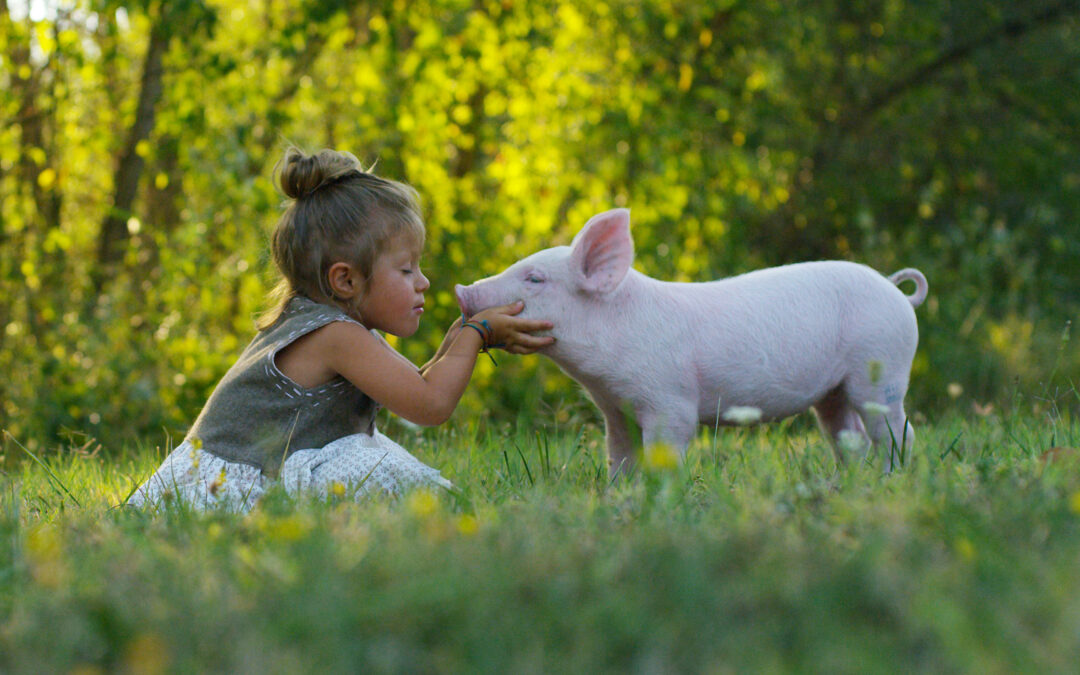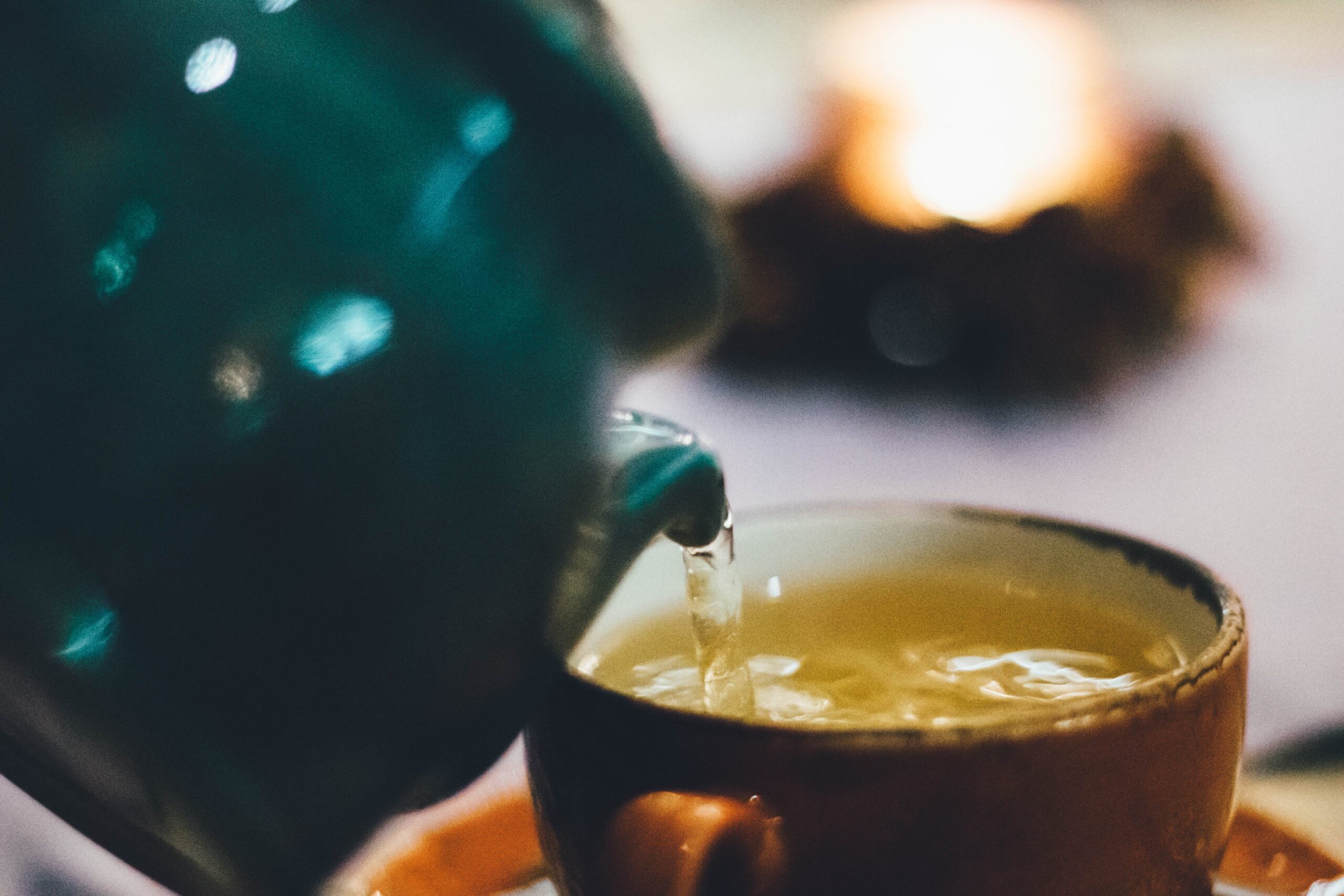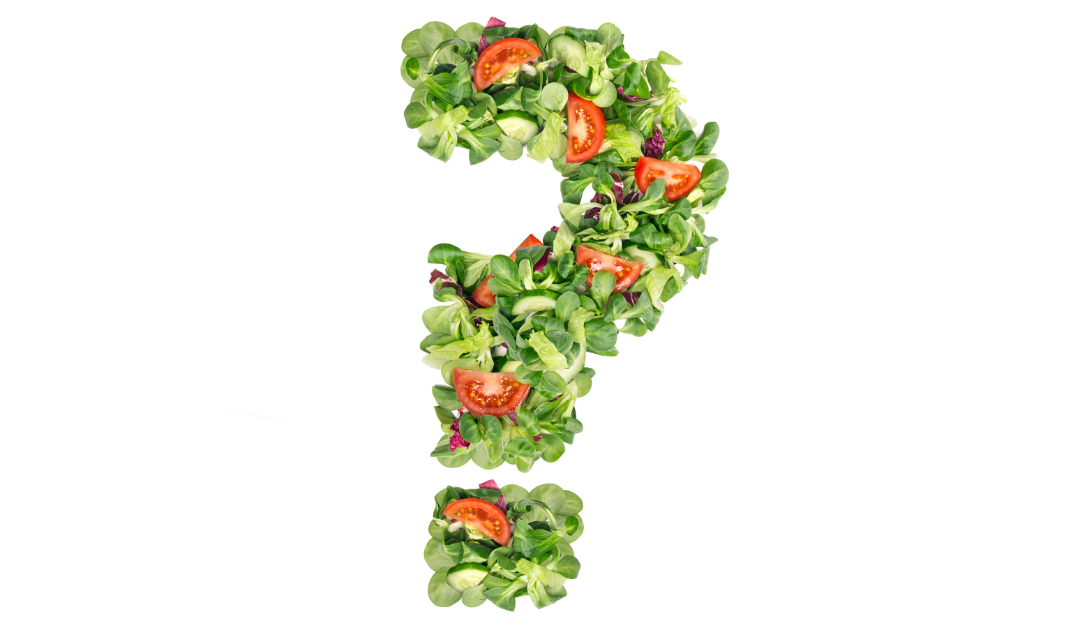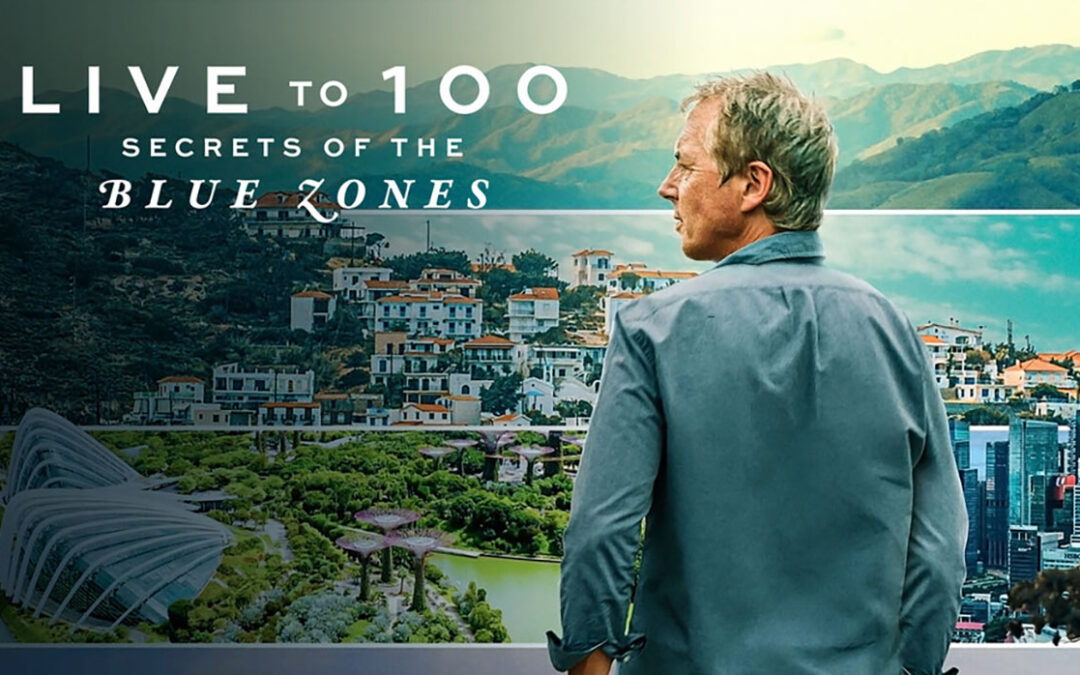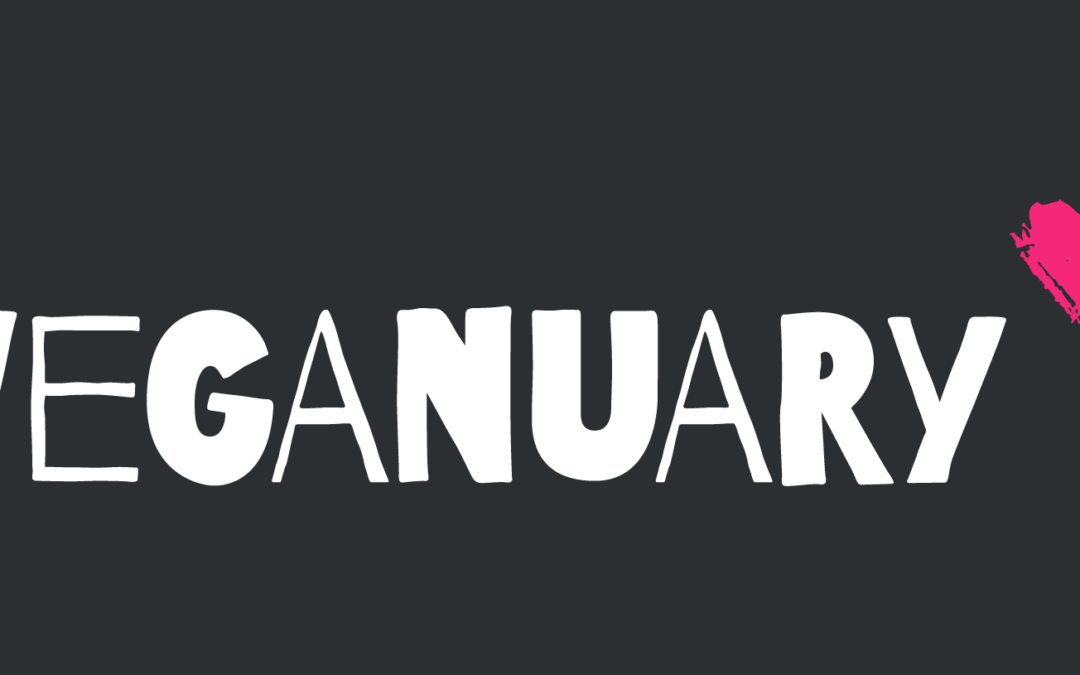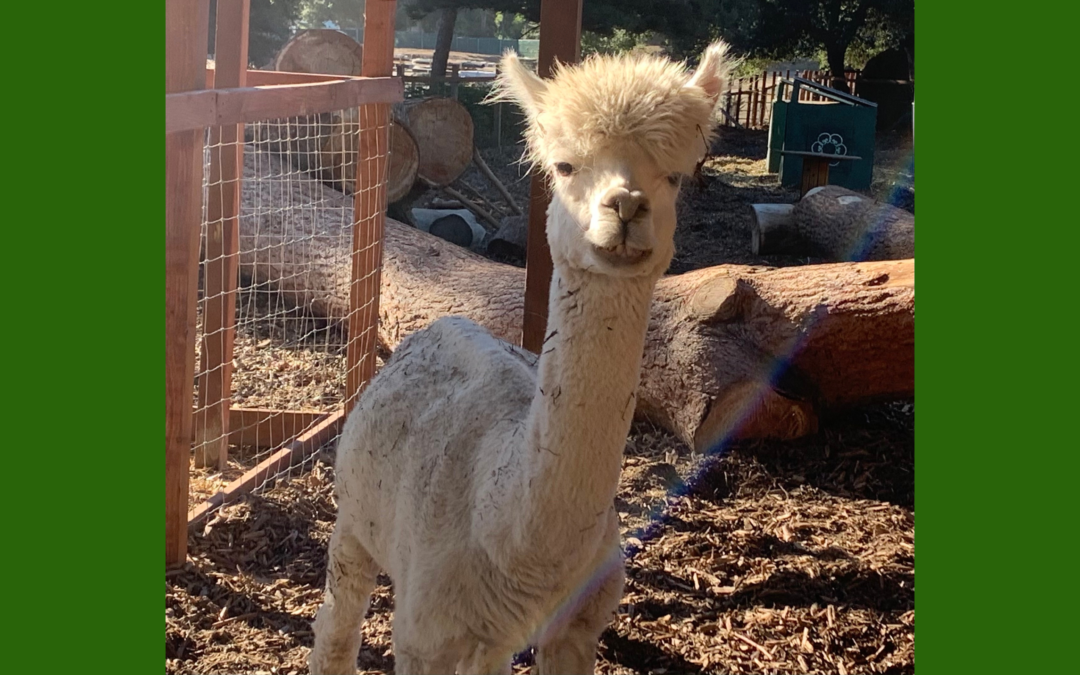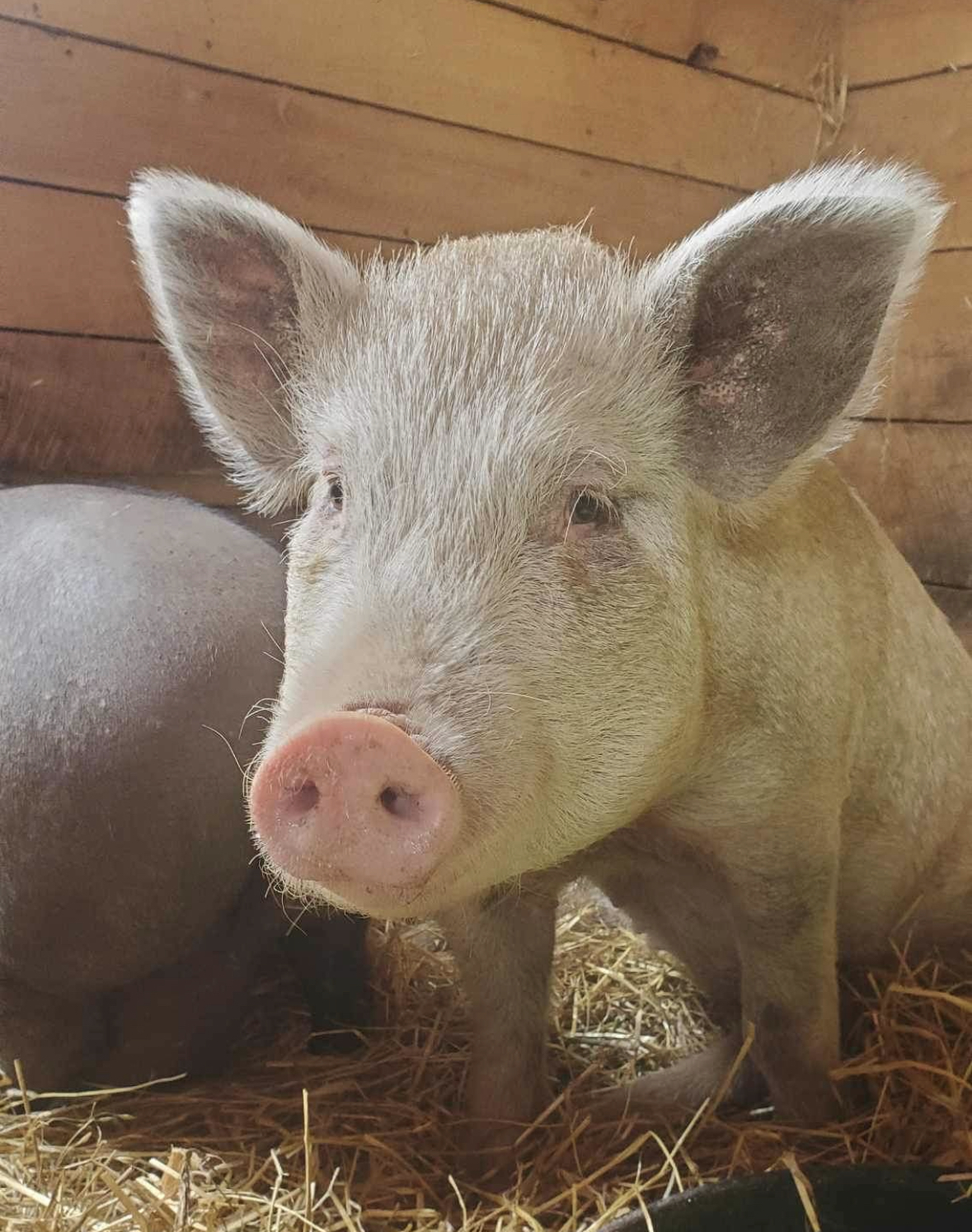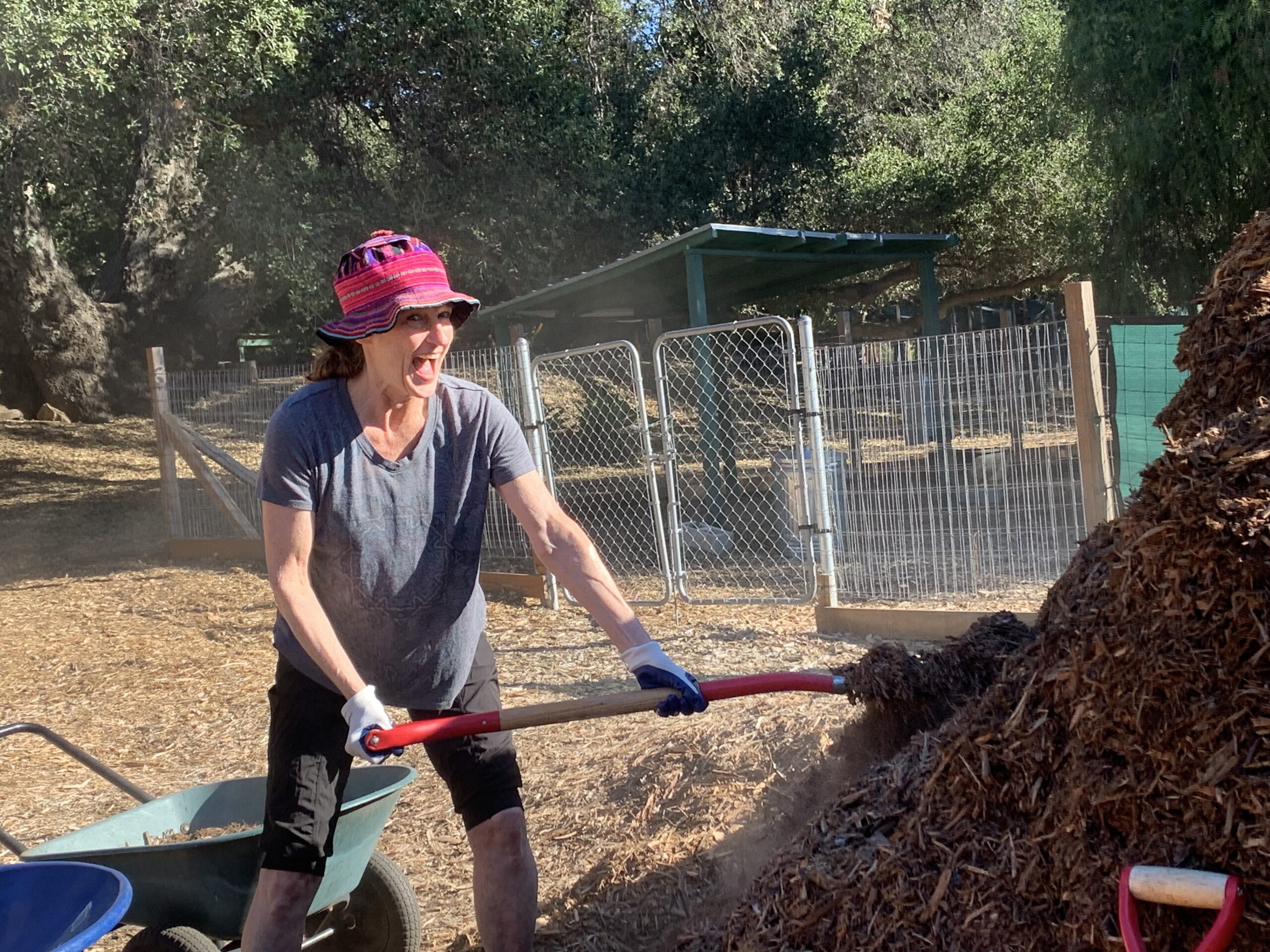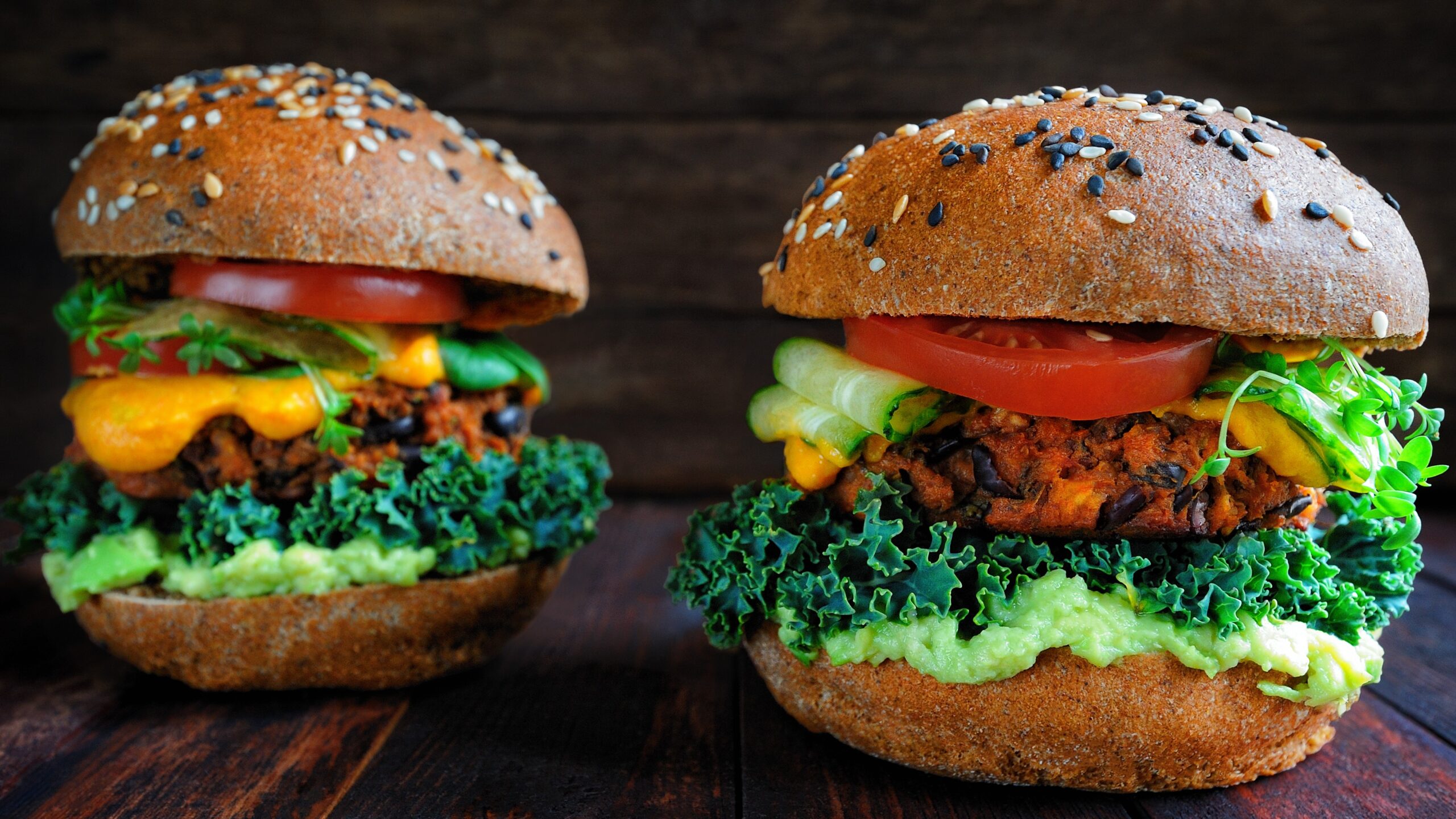
Why and How I Went Plant-Based (and Vegan)
I don’t remember having a particular passion when I was a kid. I loved being outdoors which is a good thing because I grew up in the 70’s and we were always in the backyard, making “clubs” in the woods with my siblings, playing outside with friends, walking to the neighbor’s house.
We had pets growing up and I did have an incredible bond with one of our cats. (You can learn more about my connection with the human-animal bond by visiting here.) But I never thought: I want to work with animals, or be a veterinarian, or live somewhere in nature. I don’t remember answering the question: What do you want to be when you grow up?
And I certainly never thought about my food choices either. I ate what everyone else ate which was a ton of meat, dairy and eggs. We had fruits and vegetables at every meal and lived around the corner from a working farm. (I also didn’t appreciate how special that was either.) But it was all unconscious, which, for most of us, is normal. We do what our families do and celebrate holidays with traditional foods and don’t think much about it all.
It wasn’t until a philosophy class in college when we read Animal Liberation, by Peter Singer, that I started to think about where my food came from. This was in the 80’s when there wasn’t much information about factory farming available. I was rather horrified about what I did learn and tried being a vegetarian for a bit. (Vegan wasn’t a term I had heard of back then.)
Ultimately it was a lot easier to eat what my friends ate than rock the boat, and being a vegetarian didn’t stick.
As a young adult I began thinking about it more. At this point we had pets and I was involved with companion animal rescue including writing books on the subject. And just by being in that world I was also, from time to time, exposed to farm animal rescue.
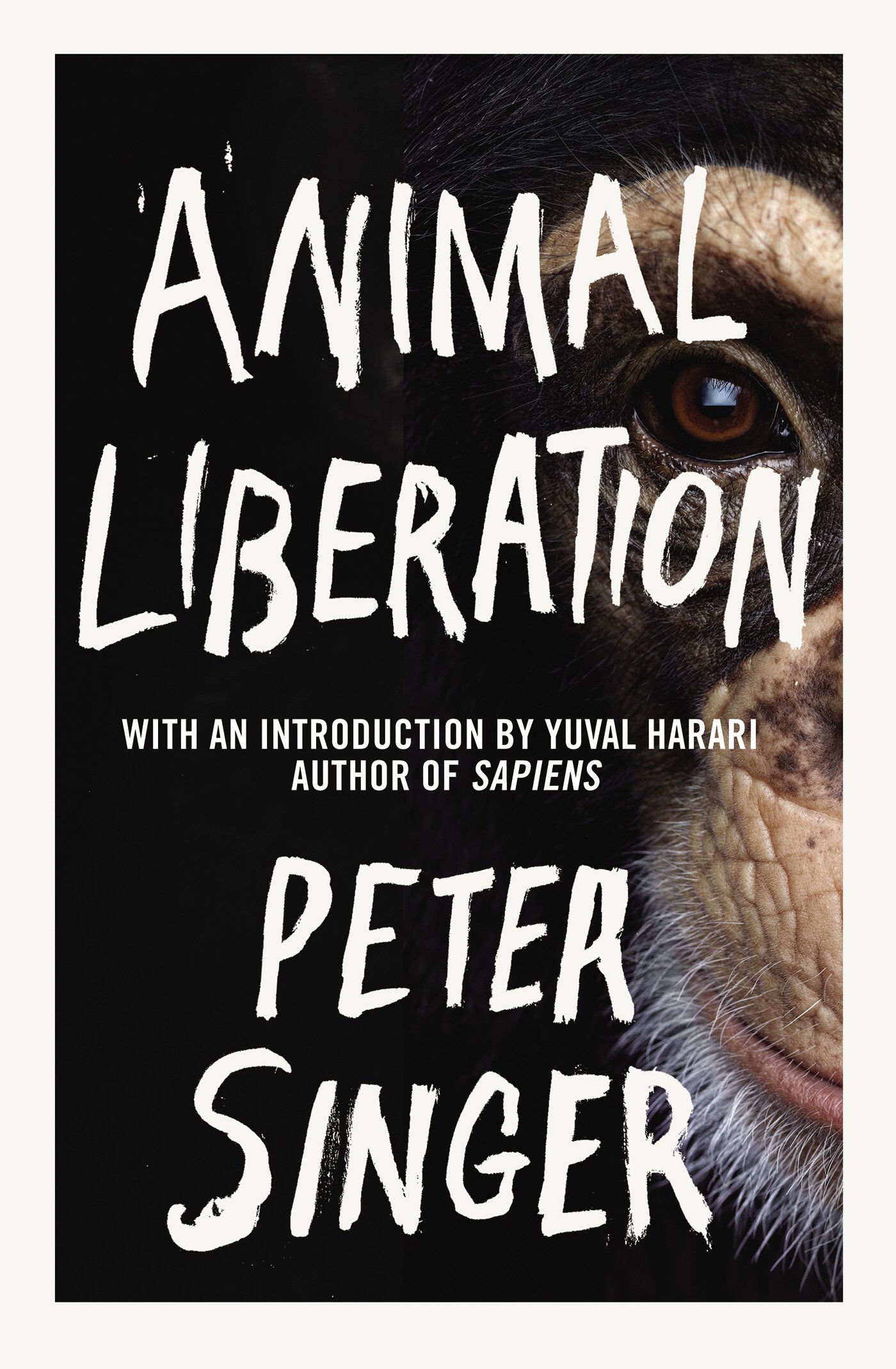
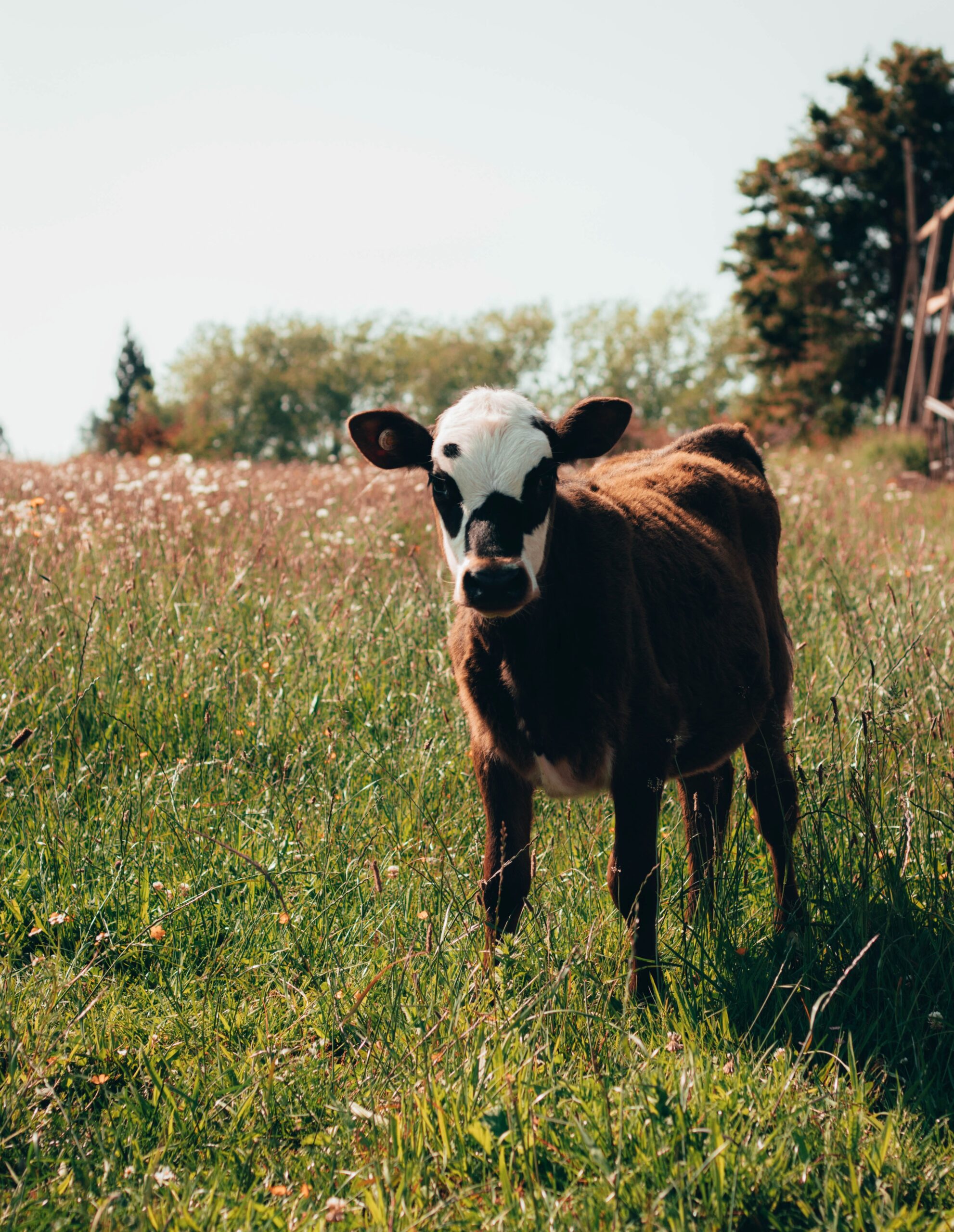
Sometime around then I visited The Gentle Barn where I got to brush cows and hang out with rescued pigs, horses, goats, llamas, chickens and other farm animals. There is an innocence to all of these animals, and I saw them as individuals. This was another opportunity to educate me about the plight of farm animals.
Plus, The Gentle Barn is vegan. They explicitly explain that if you are bringing food to eat there, that it be plant-based out of respect for their animals. I also remember seeing a cartoon that asked why we eat cows, but dogs sleep in our beds. It all started to click. Why was it ok for me to eat one but not the other? More societal stuff.
I gave up eating red meat and pork. That was easy enough to do. But I had an internal hierarchy as to which animals could be eaten and which ones were off-limits.
A few years later I decided that even though I didn’t view chickens as “cute”, that they were equally deserving to not be consumed by me and I gave up eating fowl.
I was a pescatarian for years, which was easy. It enabled me to enjoy sushi and made cooking at home and ordering in restaurants effortless.
Eventually I had a nagging feeling that fish were happiest in the ocean and not on my plate and I was looking for an excuse to stop eating them. Without getting into the woo woo details, it was for spiritual reasons that I decided to stop eating fish.
I was a vegetarian.
Yet, it didn’t take long to get exposed to the horrors of the dairy and egg industries and in 2018 I decided to go plant-based. I live in Los Angeles, not only a food Mecca but also a plant-based food Mecca. It was easy enough to find prepared food at the market and wherever we ordered food from in restaurants.
“I’ll have the chopped salad, no meat, no cheese, dressing on the side, please” became a mantra.
Drinking non-dairy milk was easy and alternatives to butter are really good now. I had been eating a ton of eggs before going vegan and I only missed them for a minute. And now there are a bunch of egg alternatives. (More about those in upcoming posts.)
What I didn’t have a handle on at first was desserts. I have a sweet tooth and got jealous when we were out with friends and they ordered the cake or ice cream. So, I would have a few bites. I was a convenient vegan. Soon enough, I learned to bake vegan desserts that are very satisfying and are even kid and husband approved. Plus, there are a number of vegan bakeries, and many other bakeries and markets now carry plant-based desserts.
By the end of 2019 I was fully vegan. That meant that in addition to not eating animal products, that I also endeavored not to wear or bring them into my home in the form of cosmetics, clothes or household supplies.
But I also wanted to start cooking more plant-based and I joined a vegan cooking class. Note, the class was to learn recipes that are easy and vegan. Not necessarily for good health but that wasn’t really on my radar (yet) and I was (and still am) delighted to have a bunch of recipes that I enjoy cooking that are also husband-approved.
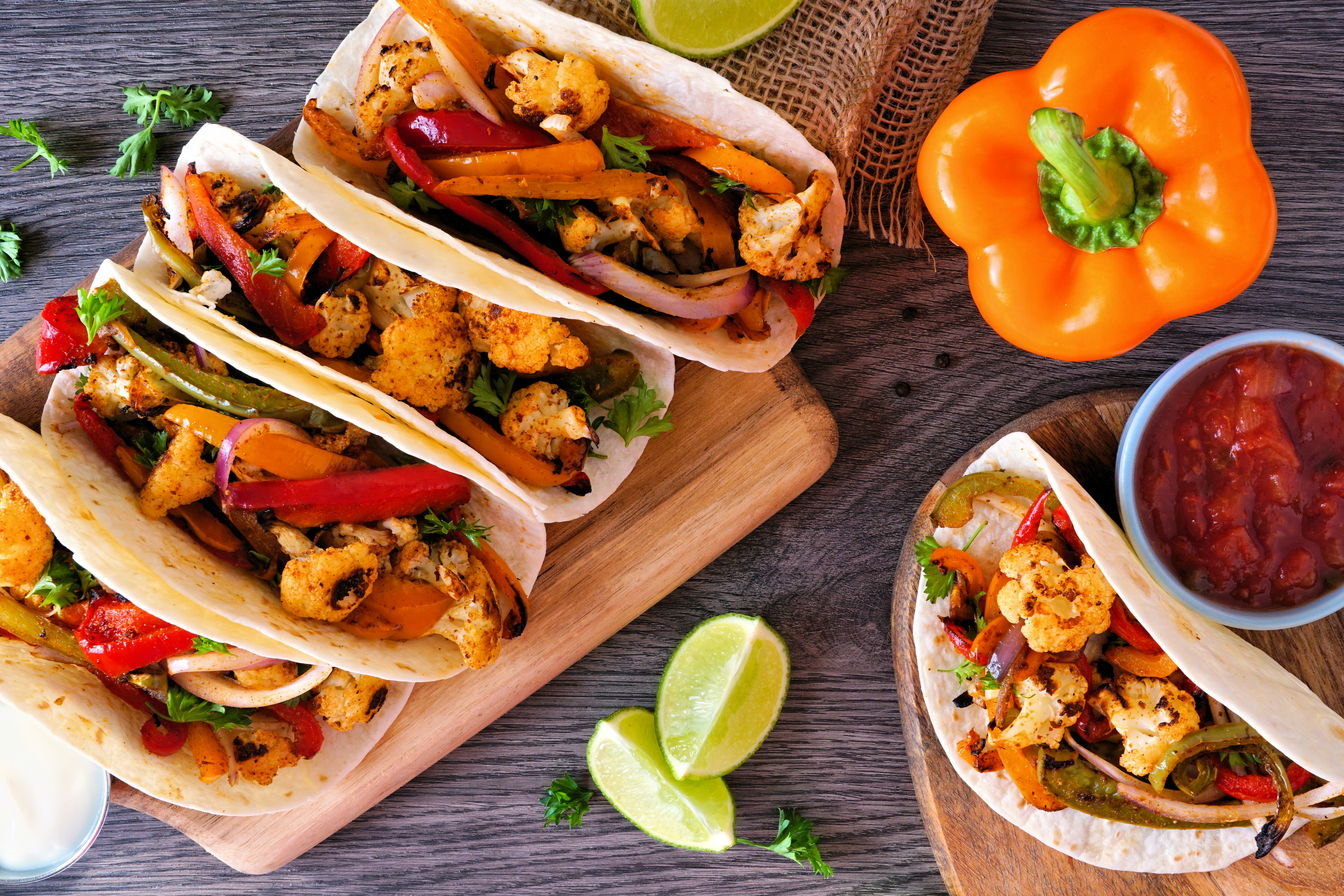
In an effort to know more about plant-based eating, I completed the Plant-Based Nutrition Certificate program at Cornell. Knowing what I know now, I feel more empowered about my health than ever. My health has always been good, but since learning to eat whole food plant-based (WFPB), it’s even better. My cholesterol has come down and when I eat WFPB, I easily drop a couple of pounds too. What is fascinating is that consuming a whole food plant-based diet can potentially prevent and reverse diseases that are common to people who have been eating the typical Western diet. Learning how to eat clean natural foods that keep me healthy makes sense to me. Hopefully it makes sense to you too.
In fact, that’s why I started What’s Plant-Based Cooking Good Looking?. Now that I know how empowered we are by our food choices, it behooves me to spread the word. Not sharing this information would be unethical.
Speaking of ethics, not only are we empowering our own health with our food choices, but we are also positively affecting the earth and of course the animals when we choose a healthy plant-based lifestyle. It’s pretty cool.
What’s Plant-Based Cooking Good Looking? focuses on eating plant-based for all the reasons mentioned above. And we include information about the benefits of eating whole food plant based.
But it has to be yummy and easy too.
I don’t think I would have made the leap from eating animal products to whole food plant-based and I suspect many of you are in the same boat (unless you have an underlying health condition that needs to be addressed immediately). So we offer recipes that are easy and yummy as well as healthy and we are building from there. This is already fun, and sharing this information and supporting you is most rewarding.
My biggest regrets are not going plant-based sooner and not having exposed my children to the benefits of eating plant-based. Yes, I am leading by example now, but they are college students and I remember what it was like for me in college. They seem to be a lot like I was at their age.
Eating a plant-based diet is totally doable everywhere I travel locally and increasingly in far-away places. All it takes is commitment and a little bit of preparation.
Is everyone reading this going to go 100% plant-based? Of course not (though it would be awesome if everyone did!).
But hopefully some of the resources will offer you the tools to try more recipes and eat more plant-based and not just the processed fun foods, but also integrating whole foods (though the processed fun foods are an ok place to start). I subscribe to moderation and balance and it makes it all a lot more fun and doable. And who knows, maybe you will be inspired to eat more and more whole food plant-based too.
Welcome to What’s Plant-Based Cooking Good Looking?! Be sure to join our community so you can get all the information and recipes and support we will be sharing each week.
